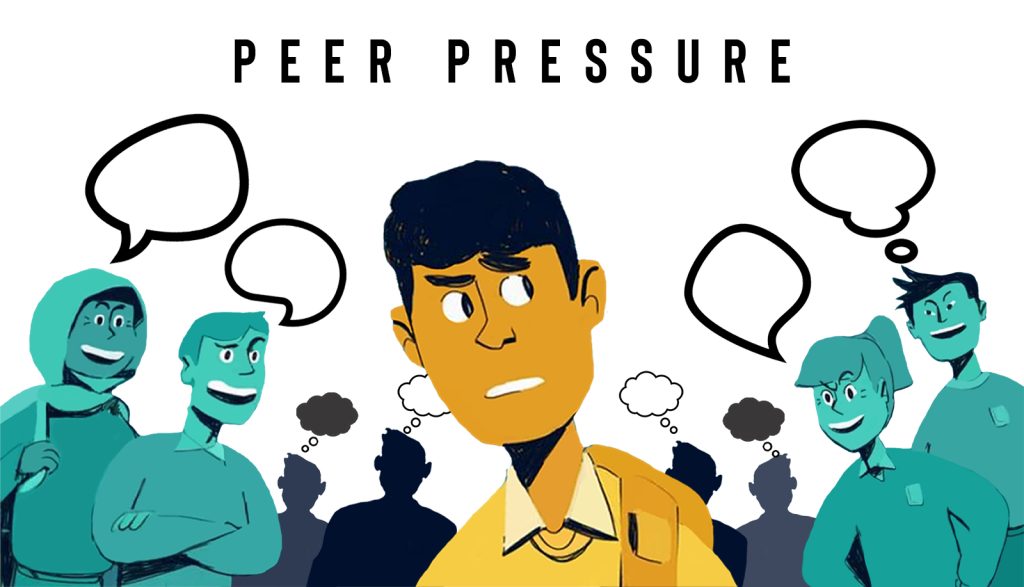Peer Pressure: A Driving Force Behind Bullying Behavior

Peer Pressure: The Fuel Driving Bullying’s Destructive Force
Social influence is a powerful force in the lives of young people. It can influence their choices, their behavior, and even their sense of self. While peer pressure can be positive, it can also be negative, leading to harmful behaviors such as bullying.
What is Peer Pressure?
Peer pressure is the influence that peers have on each other’s behavior. It can be positive, such as when peers encourage each other to do well in school or to be kind to others. However, Social influence can also be negative, such as when peers pressure each other to bully or to engage in other harmful behaviors.
How Peer Pressure Relates to Bullying
Social influence is a major contributing factor to bullying behavior. Bullies often use peer pressure to coerce others into joining them in their bullying behavior. They may threaten, intimidate, or ostracize those who refuse to participate.
Examples of Peer Pressure Contributing to Bullying Behavior
* Direct pressure: A bully may directly pressure someone to bully another person, either through verbal threats or physical intimidation.
* Indirect pressure: A bully may use indirect pressure to get others to bully someone, such as by spreading rumors or gossiping about the victim.
* Social pressure: A bully may use social pressure to get others to bully someone, such as by making fun of the victim or excluding them from social activities.
What Schools Can Do to Address Social influence and Bullying
Schools can play a vital role in addressing Social influence and bullying. Here are some strategies that schools can implement:
* Create a positive school climate: Schools can create a positive school climate by promoting respect, empathy, and inclusion. This can help to reduce the likelihood of bullying and make it easier for students to resist negative peer pressure.
* Educate students about peer pressure and bullying: Schools can educate students about Social influence and bullying, including the different forms of bullying and the harmful effects of bullying. This can help students to recognize and resist negative Social influence and to support their peers who are being bullied.
* Provide support for students who are being bullied: Schools can provide support for students who are being bullied, including counseling, support groups, and other resources. This can help students to cope with the effects of bullying and to develop strategies for resisting negative Social influence.
* Work with parents and the community: Schools can work with parents and the community to address peer pressure and bullying. This can include providing information about bullying, offering support for parents of children who are being bullied, and working with community organizations to provide resources and support.
Practical Advice for Students on How to Resist Negative Social influence and Support Their Peers
Here is some practical advice for students on how to resist negative peer pressure and support their peers:
* Be assertive: Stand up for yourself and your beliefs. Don’t be afraid to say no to negative peer pressure.
* Be a positive role model: Show others that it’s okay to be different and to stand up for what you believe in.
* Support your peers: Stand up for your peers who are being bullied. Let them know that you’re there for them and that you support them.
* Talk to a trusted adult: If you’re struggling to resist negative peer pressure or if you’re being bullied, talk to a trusted adult, such as a teacher, counselor, or parent. They can provide you with support and guidance.
Reportbullying.com can absolutely help your students with understanding peer pressure and how to deal with it. please call anytime at 1-866-333-4553 or email at info@reportbullying.com

